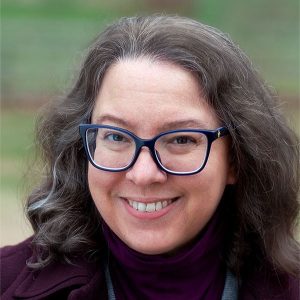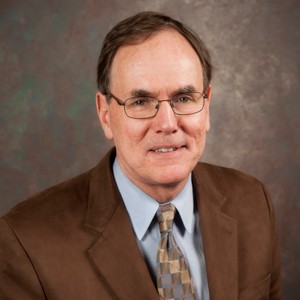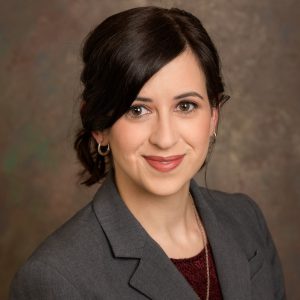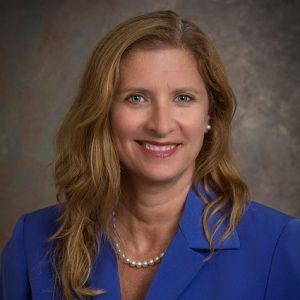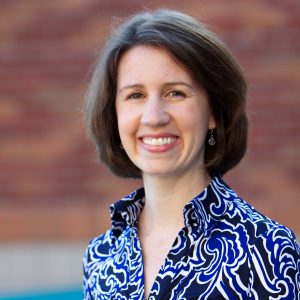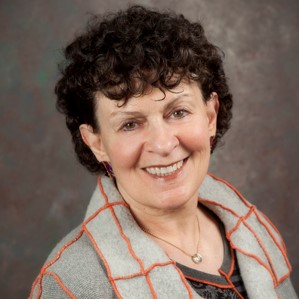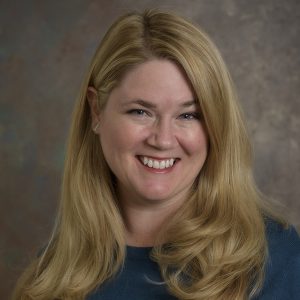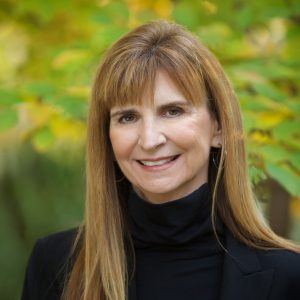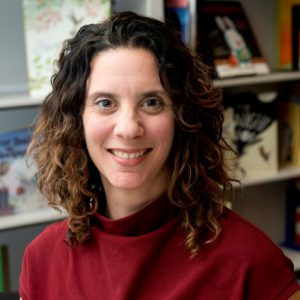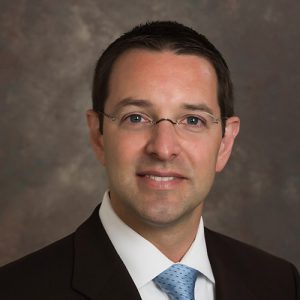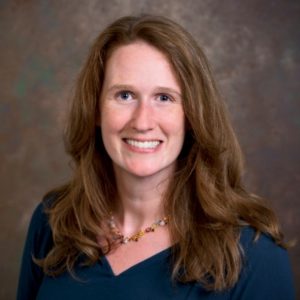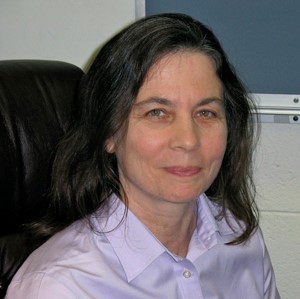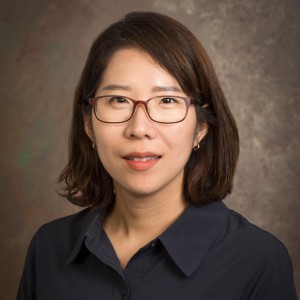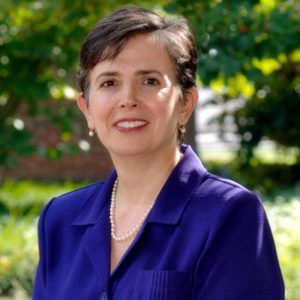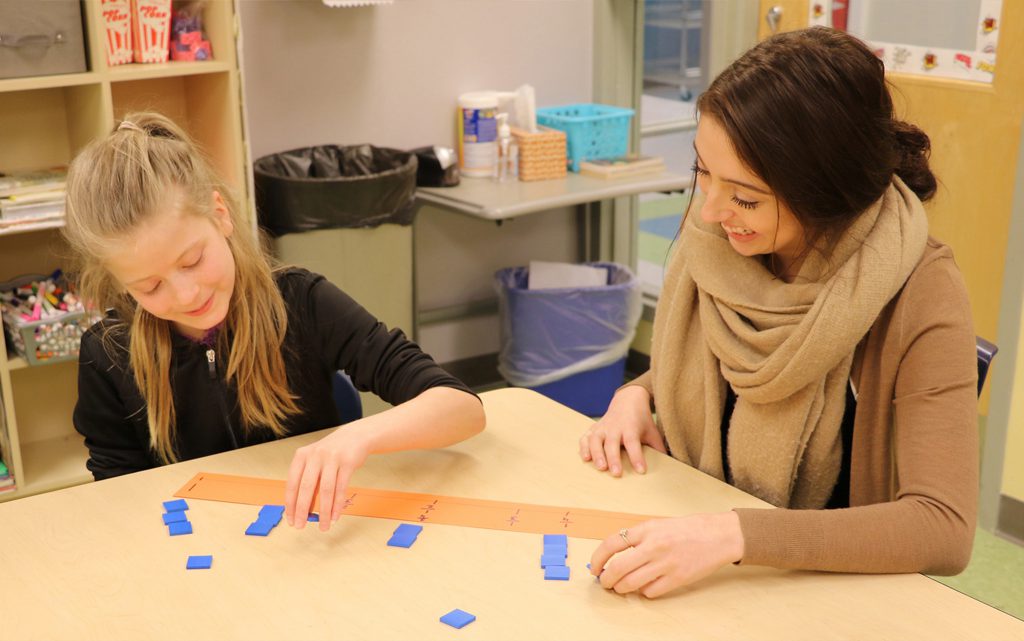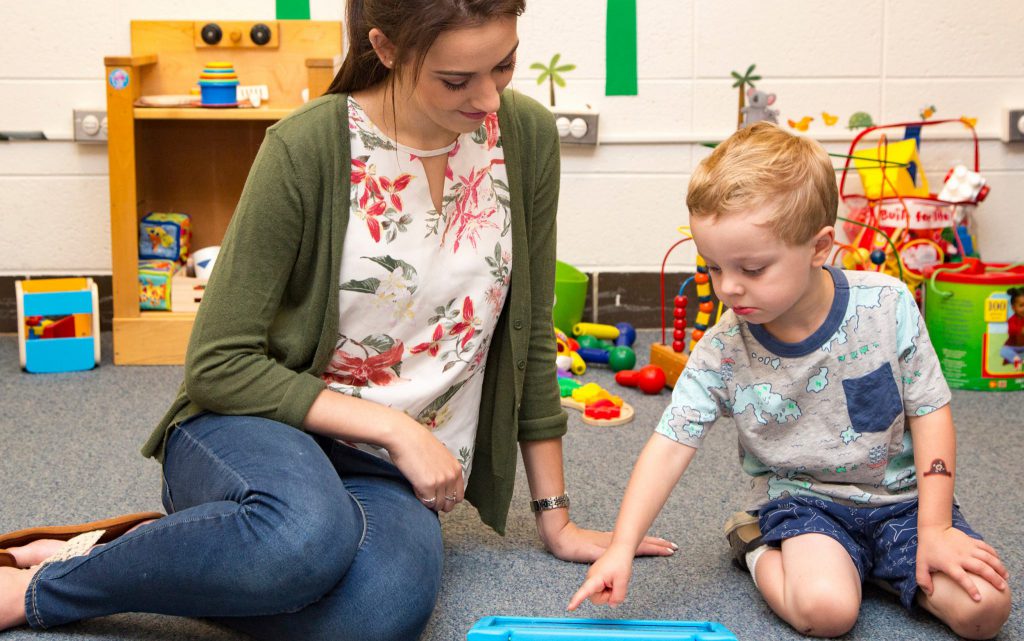Research
STEM Education
In recent years, teachers and educational leaders have focused their attention on an interdisciplinary approach to teaching science, technology, engineering, and mathematics (STEM) that often pairs deep learning of these content areas with real-world and community-based experiences. Yet, many K-12 students struggle to deeply learn content in these areas, and few have access to the rich educational instruction or experiences that would aid such learning. Despite the rapid growth of these fields, many students with early interests in these areas turn away from STEM-oriented paths in middle school or high school.
How can we help teachers develop rich and culturally-responsive instruction in STEM? How can we motivate students, especially those from underrepresented backgrounds, to persist in STEM? How can emerging educational technologies help us facilitate STEM learning?
Our STEM faculty engage in innovative and interdisciplinary research designed to answer these questions and others. Supported by grants from sponsors such as the National Science Foundation and Institute of Education Sciences and educational partnerships, our faculty help children, families, teachers, and their communities address challenges in computer science education, online education, mathematics teaching and learning, and science education. Our faculty also specialize in how educational technologies support teaching and learning across content areas, such as computer science, literacy, mathematics, and others.
Researchers by Topic
How can we use digital environments and tools to motivate students in their learning? Teomara (Teya) Rutherford researches student motivation and learning within digital spaces. Through her NSF-funded CAREER grant, Rutherford is studying how motivation affects students’ in-the-moment choices as they learn mathematics and how the Spatial Temporal Math digital education platform can improve motivation. Over the course of five years, Rutherford will collect data from more than 30,000 third through fifth-grade students each year.
Dr. Budhai’s interdisciplinary research and practice lies at the intersections of equity, technology and civic engagement, supporting educators across myriad K-16 settings. She has published 8 books, including The IMPACT of the Scholarly Practitioner Doctorate: Exercising Socially Just Leadership and Making Equitable Change, Culturally Responsive Teaching Online and In Person Settings: An Action Planner for Dynamic Equitable Learning Environments, Leveraging Digital Tools to Assess Student Learning, Best Practices in Engaging Online Learners Through Active and Experiential Learning in Online Courses, among others.
How can we optimize the use of educational technology tools based on the way that students learn? Fred Hofstetter contributes research in educational technology, instructional design, multimedia, distance learning, and advanced Web design. He develops eLearning software and designs and publishes curricular materials used in UD’s graduate programs and undergraduate minor in educational technology. Recently, he has developed the iPad iSeeNcode app for educational researchers as part of an IES-funded literacy grant, and he has published the iPad Primer.
How can we design online learning environments for teacher education students that are collaborative, interactive, and engaging? Further, how can we leverage the affordances of digital technology to enrich a student’s educational experience and help them develop a community of peers? In her new book, Improving Online Teacher Education: Digital Tools and Evidence-Based Practices, Rachel Karchmer-Klein guides educators in developing engaging, evidence-based practices into online teaching environments for their teacher candidates, including think alouds, case-based instruction, peer feedback, and field experience across content areas.
How can we use digital environments and tools to motivate students in their learning? Teomara (Teya) Rutherford researches student motivation and learning within digital spaces. Through her NSF-funded CAREER grant, Rutherford is studying how motivation affects students’ in-the-moment choices as they learn mathematics and how the Spatial Temporal Math digital education platform can improve motivation. Over the course of five years, Rutherford will collect data from more than 30,000 third through fifth-grade students each year.
Could we improve student outcomes in mathematics by applying cognitive learning principles in our instruction? For example, could we help students learn geometry by moving away from traditional practice problems? Christina Barbieri’s research focuses on the evaluation and application of cognitive learning principles to improve mathematical competencies, especially for students at risk for low mathematics achievement. She serves as co-PI on several Institute of Education Sciences (IES)-funded projects, including one that will develop and test GeometryByExample, a pedagogical approach designed to build students’ knowledge in geometry by asking them to explain correct or incorrect geometric solutions. Barbieri also serves as co-PI on an IES-funded project focused on the relationship between improvements in fraction understanding and algebra readiness.
How can we organize teachers’ work, so they have ongoing and embedded opportunities to deepen their teaching practices alongside their colleagues? Lynsey Gibbons seeks to explore teacher learning through an organizational and systems perspective with special attention to professional learning routines, the roles of instructional leaders such as principals and coaches, and the role of coherent learning events for teachers. In a recent study, Gibbons and her co-authors identified facilitation practices that support professional learning and described how the practices promote collaborative learning, support teachers’ experimentation with instructional practice, and foster collective the analysis of teaching.
What is spatial thinking and how does it support STEM learning? Roberta Michnick Golinkoff’s research in mathematics teaching and learning centers on spatial skill development, or the ability to understand and manipulate information about the structure of the shapes and spaces in one’s environment. Her research explores children’s spatial skill development at a young age through spatial assembly tasks, block building and learning about geometric forms. She also studies how early spatial skills impact later mathematics and academic achievement.
How can we best prepare teacher candidates to teach mathematics within their own classrooms? Should their courses include a wide range of math topics or focus deeply on only a few? Further, how often should we revise and reflect on these courses? With Anne Morris, Hiebert studies the nature of systems that support the continuous improvement of mathematics teaching. Collaboratively with other UD faculty, Hiebert and Morris continually work to revise and improve upon the preservice mathematics courses at UD. Further, they have demonstrated through longitudinal studies that this method is effective: alumni of the SOE elementary teacher education program in mathematics retain strong knowledge of these concepts up to seven years after learning them. With UD colleague Ralph Ferretti, Hiebert has also contributed research on systemic efforts to identify and promote excellent teaching across subject areas.
Does the development of a new skill or idea in the mathematics classroom affect students’ understanding of concepts they learned last year? Charles Hohensee studies a phenomenon called “backward transfer,” which describes how learning about a new concept influences learners’ prior ways of reasoning about previously-encountered ideas. Supported by an NSF CAREER grant, Hohensee studies the influences that learning about quadratic functions can have on high school students’ previously-established ways of reasoning about linear functions. Hohensee’s project will create and test innovative mathematics instructional activities that promote productive backwards transfer and inhibit unproductive backward transfer.
How can we create an engaging mathematics classroom, one that both welcomes ideas in progress and motivates students to persevere with difficult concepts? In her recent book, Rough Draft Math: Revising to Learn, Amanda Jansen shows how teachers can build community and encourage students to share their in-process thinking rather than only focusing on the “right” answer. Jansen also serves as co-PI for the SMiLES project (Secondary Mathematics in-the-moment Longitudinal Engagement Study) and the Inquiry and Equity in Mathematics for Education Faculty project, both funded by NSF. In the SMiLES project, she investigates instructional strategies that motivate and engage students in ninth and tenth grade. In the Inquiry and Equity project, she develops and studies professional development for mathematics education professors that integrates attention to equity and mathematics inquiry teacher education.
How can we help elementary and middle school students who are struggling with understanding numerical values and relationships? In partnership with colleagues at UD and other universities, Jordan’s research in early number sense has demonstrated that children’s number competency in kindergarten predicts their mathematical achievement through at least the third grade. With these findings in mind, Jordan and colleague Nancy Dyson developed Number Sense Interventions, an evidence-based kindergarten curriculum that allows teachers to help students who are struggling with number knowledge. Jordan’s current IES-supported project seeks to develop a similar fraction sense intervention for elementary and middle school students.
How can we understand and improve the quality of instruction in mathematics in K-12 educational settings? Erica Litke’s research focuses on understanding and improving instructional quality in mathematics across three strands: describing and analyzing instructional practices using observation instruments, connecting instructional quality to broader issues in education by understanding the policy climate in which mathematics teaching occurs, and developing teacher knowledge. In a recent study, Litke used an observation instrument she developed to examine instructional practice in algebra lessons and support professional development opportunities for teachers tied to these instructional practices.
How do we evaluate the impact of new educational programs, policies, and inventions? How do we conduct field experiments to produce unbiased estimates of these impacts? How can educators engage with research to inform their decisions about policy and practice? Henry May, a quantitative methodologist who works across content areas, designs and conducts rigorous studies to evaluate educational initiatives. He serves as the PI or co-PI on grant-funded projects evaluating the impacts of interventions such as a writing curriculum for community college students, a web-based early reading intervention, a fraction sense intervention for middle school students, and programs related to college readiness in Delaware. He also serves as co-PI of a grant-funded study of how educators engage with researchers and research evidence. May is also Director of the Center for Research in Education and Social Policy (CRESP), which houses the Center for Research Use in Education (CRUE).
How do teachers’ emotions and emotion-related experiences, including well-being, impact their effectiveness? Leigh McLean investigates how teachers’ emotions impact their instructional practices and the role that early-career teachers’ emotions play as they transition into the career. She is a principal investigator on two federally funded projects: one from the Institute of Education Sciences exploring how elementary teachers’ feelings and beliefs impact their effectiveness in the content areas they teach, and one from the National Science Foundation exploring how the mentored teaching experience impacts elementary mathematics teachers’ effectiveness during the early career stage.
How can we best prepare teacher candidates to teach mathematics within their own classrooms? Should their courses include a wide range of math topics or focus deeply on only a few? Further, how often should we revise and reflect on these courses? With Jim Hiebert, Anne Morris studies the nature of systems that support the continuous improvement of mathematics teaching. Collaboratively with other UD faculty, Morris and Hiebert continually work to revise and improve upon the preservice mathematics courses at UD. Further, they have demonstrated through longitudinal studies that this method is effective: alumni of the SOE elementary teacher education program in mathematics retain strong knowledge of these concepts up to seven years after learning them.
How can we improve mathematics outcomes for struggling students? Jessica Namkung specializes in special education, and her research focuses on improving mathematics outcomes by understanding the various factors, such as executive functions, language or mathematics anxiety, that contribute to individual differences in learning mathematics. Namkung serves as principal investigator of an Institute of Education Sciences-funded exploration grant aimed at identifying key factors that underlie pre-algebra difficulties among seventh graders. She has served as a co-director of two leadership grants focused on training future scholars, funded by the Office of Special Education Rehabilitative Services in the Department of Education.
How do students use their reasoning about relationships between quantities to understand and reason about critical mathematics concepts? Teo Paoletti’s research explores student understanding of mathematical ideas at various levels (middle school through post-secondary). His recent work entails designing task sequences that leverage dynamic mathematical software (such as GeoGebra, Desmos, and GSP) to support middle-school students in developing meanings for various function classes, graphs, and inequalities. In a project supported by the Spencer Foundation, for example, Paoletti is studying the development of middle school students’ understanding of coordinate systems.
How can we use digital environments and tools to motivate students in their learning? Teomara (Teya) Rutherford researches student motivation and learning within digital spaces. Through her NSF-funded CAREER grant, Rutherford is studying how motivation affects students’ in-the-moment choices as they learn mathematics and how the Spatial Temporal Math digital education platform can improve motivation. Over the course of five years, Rutherford will collect data from more than 30,000 third through fifth-grade students each year.
How can we improve our mathematics education courses for teacher candidates through reflective practice? And, how can teacher candidates use reflective practice and lesson study to improve their teaching? Eric Sisofo’s education leadership portfolio, the capstone project for his doctoral degree, investigated the effects of lesson study on teacher candidates’ use of student thinking when planning and reflecting on their teaching. With the UD Mathematics Education faculty, Sisofo also participates in the continual improvement of the UD elementary teacher education mathematics courses.
How can we emphasize the communal nature of scientific inquiry and discovery within a political climate that often pits science against personal beliefs? Zoubeida Dagher’s current research seeks to support teacher and student understanding of the nature of scientific knowledge and its communal practices. With a goal of participation and engagement in STEM, her research demonstrates how scientific knowledge interfaces with societal issues and helps students navigate tensions between scientific understanding and their personal beliefs. Recent publications also seek to reconceptualize the nature of science in science education.
Public understanding of the earth and environmental sciences is more important than ever, and it is often improved with early exposure to rigorous and engaging instruction. How can we prepare future teachers to teach science that makes a difference when their own science learning experiences may not have aligned with research-supported practices? Danielle Ford’s research focuses on elementary science teacher education, including the development of preservice teachers’ knowledge and beliefs about science teaching. Her recent projects examine innovative college earth science instruction using place-based, active, and standards-aligned pedagogies and its impact on preservice elementary teachers’ capabilities for evidence-based reasoning and research design.
Funded Research & Engagement
Supporting Student Attention, Metacognition, and Mathematics Learning with the By Example Approach
PI: Christina Barbieri
University of Delaware Research Foundation
Research Infrastructure for the Development, Implementation, and Assessment of Mathematics Interventions at Scale: An Incubator Project: Network for In Vivo Education Research (NIER)
PI: Prasam Ram, Co-PIs: Teomara Rutherford
National Science Foundation
Developing Middle-School Students’ Understandings of Coordinate Systems (Mid-CoS)
PI: Teo Paoletti
Spencer Foundation
Doctoral Students
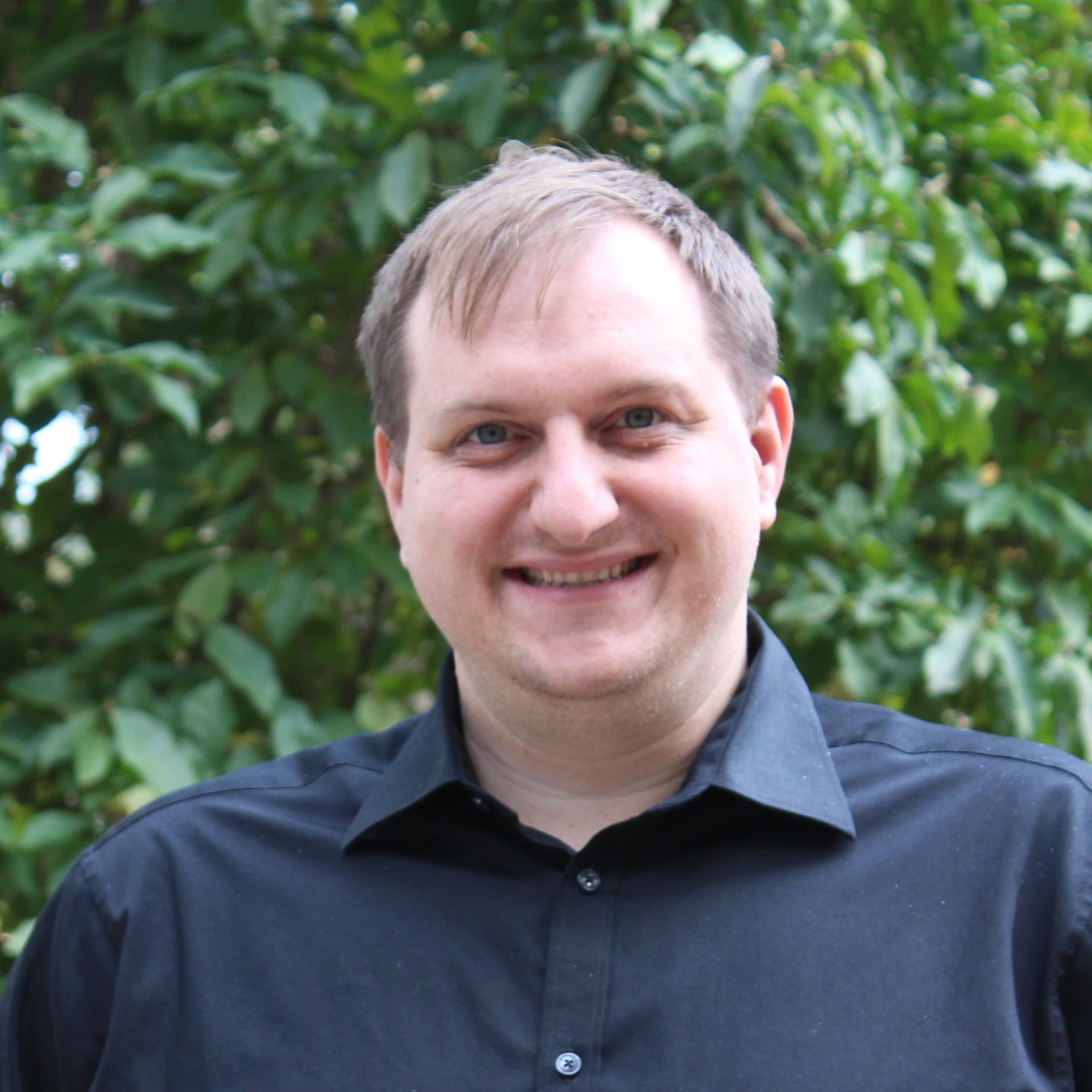
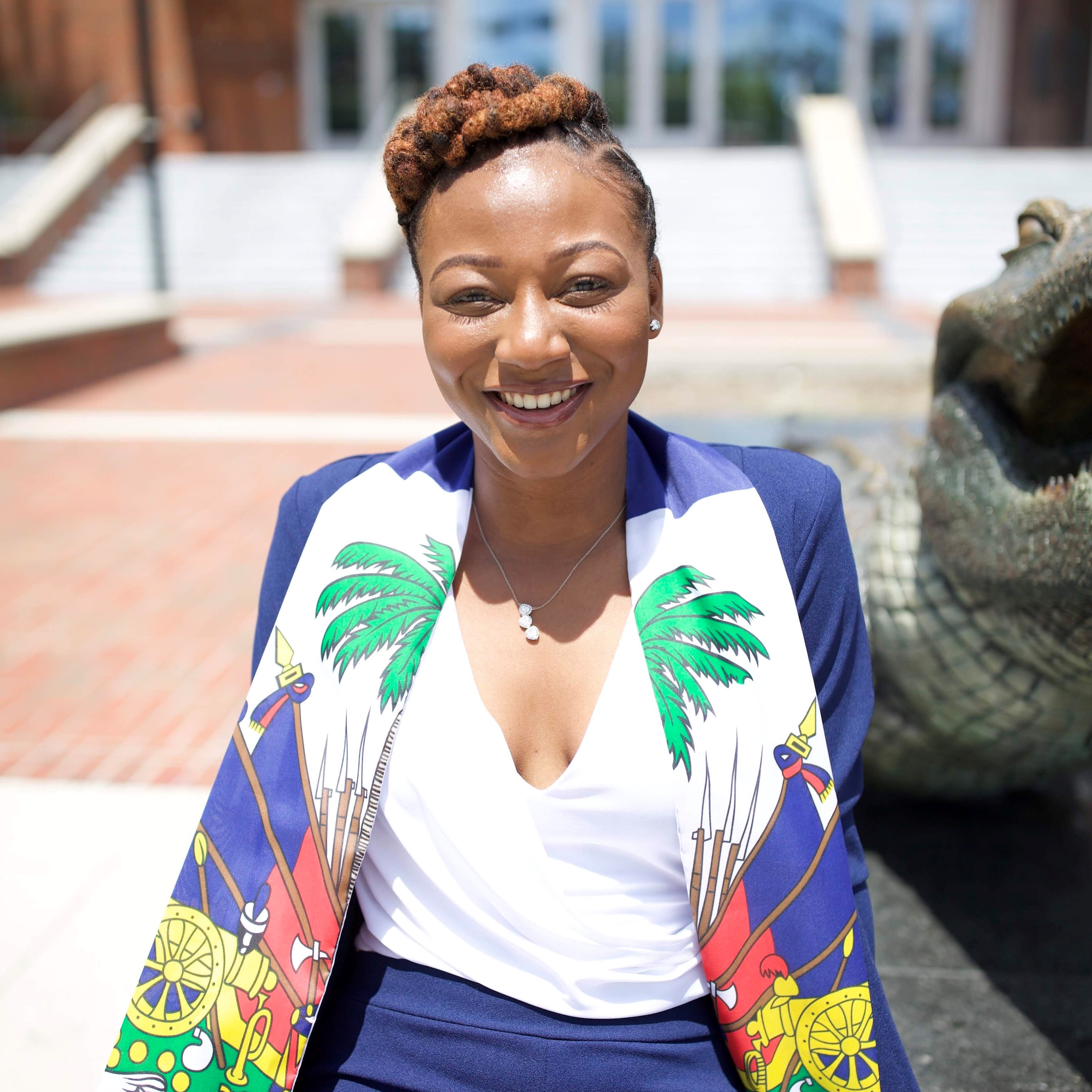


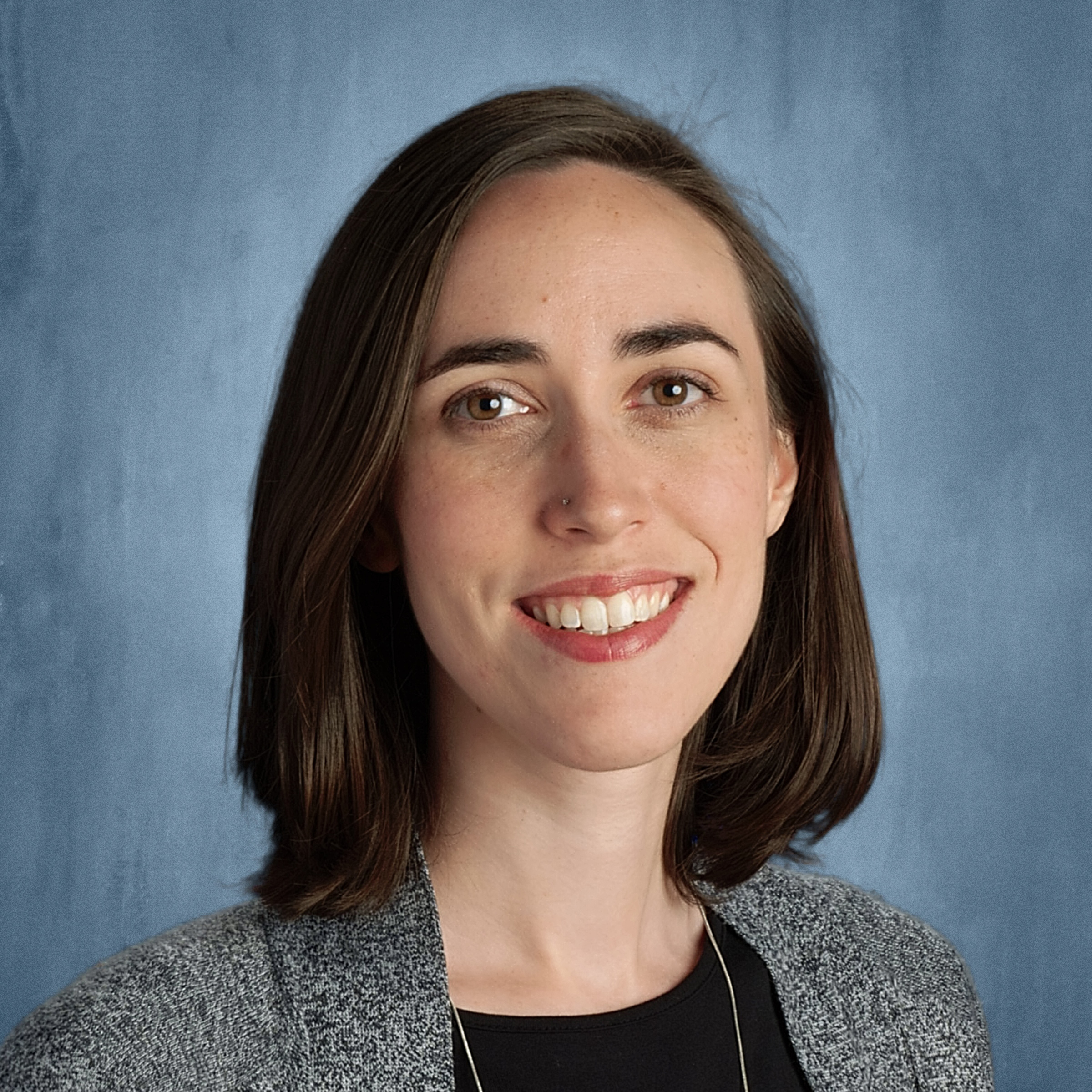
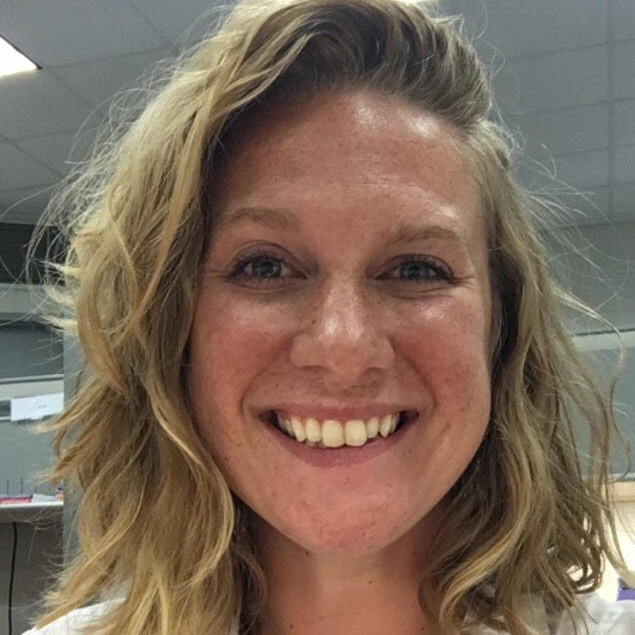
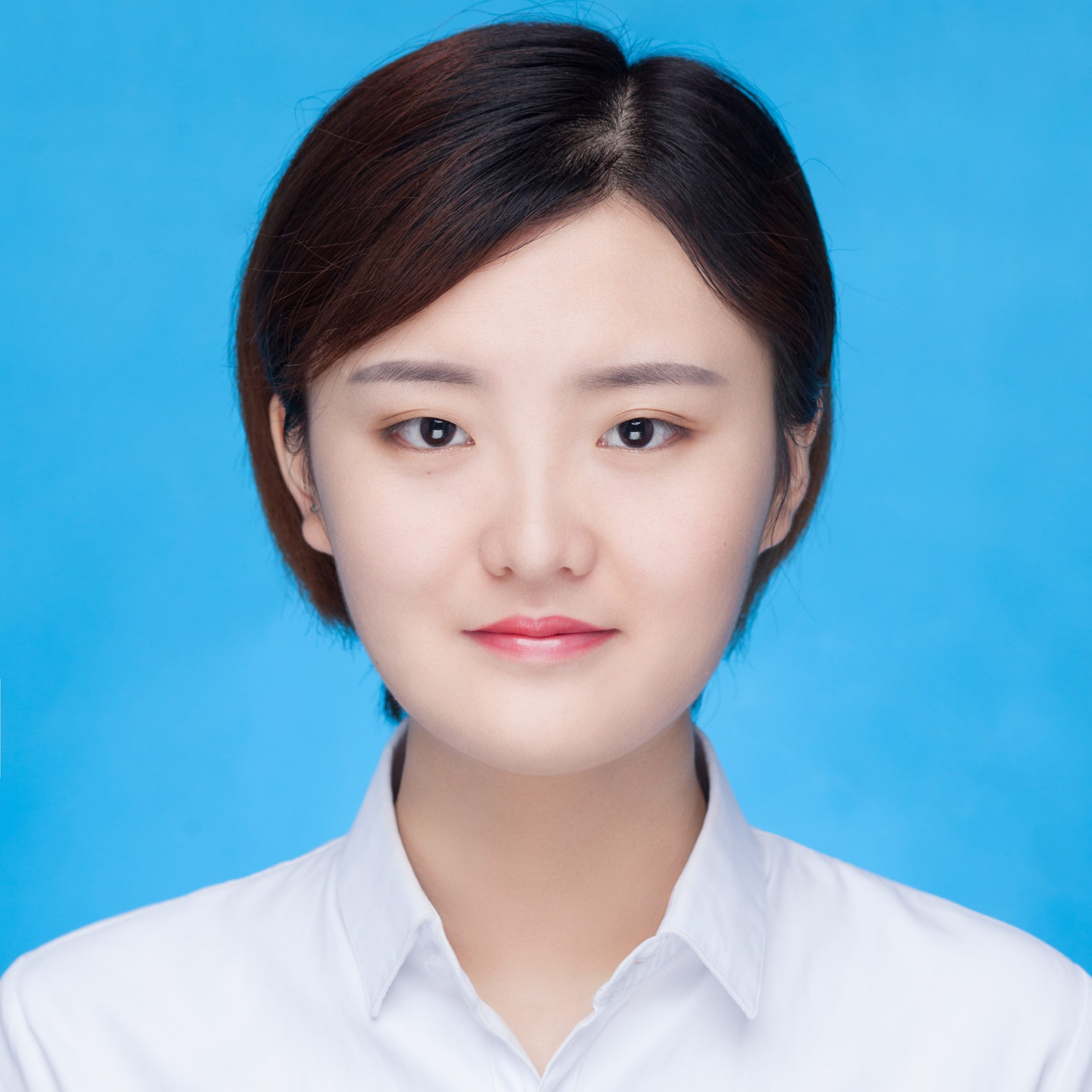
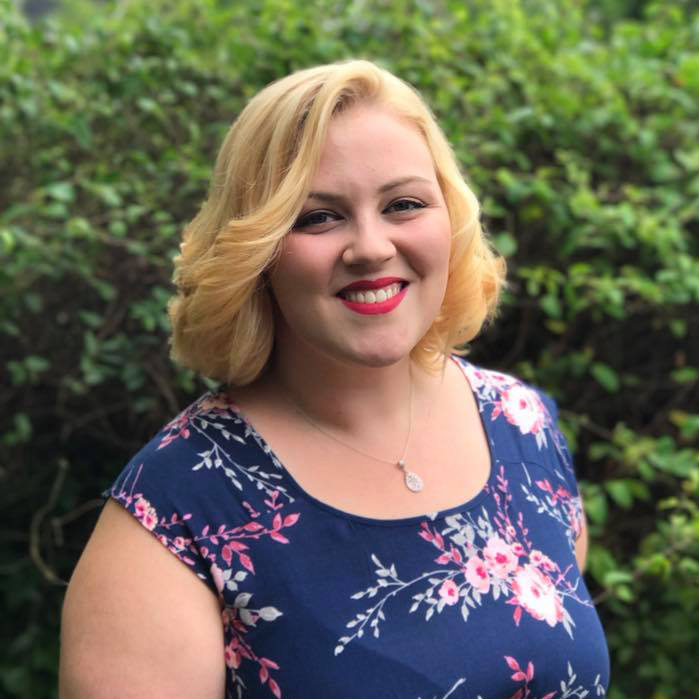
Amanda Mohammad Mirzaei

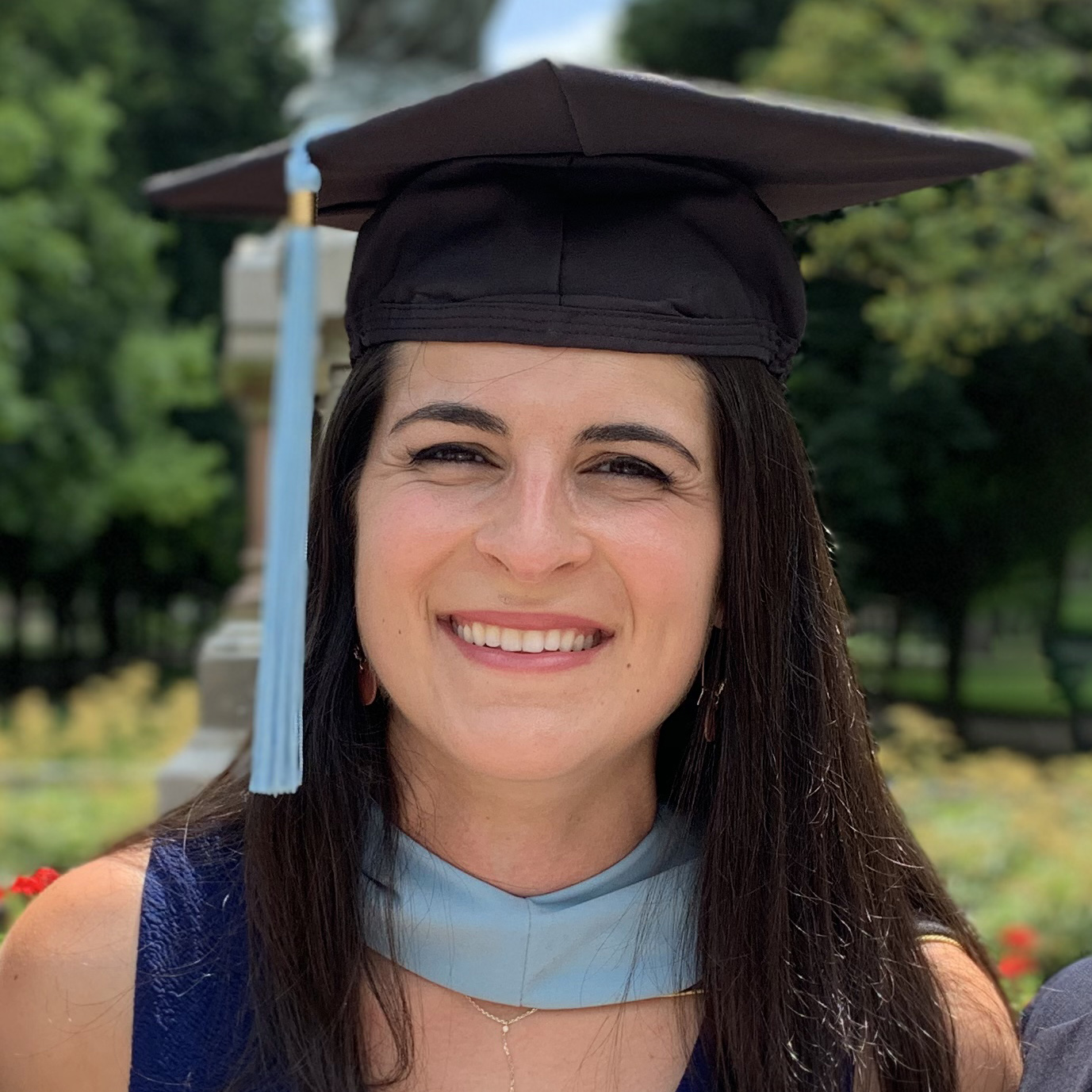
Elena Silla
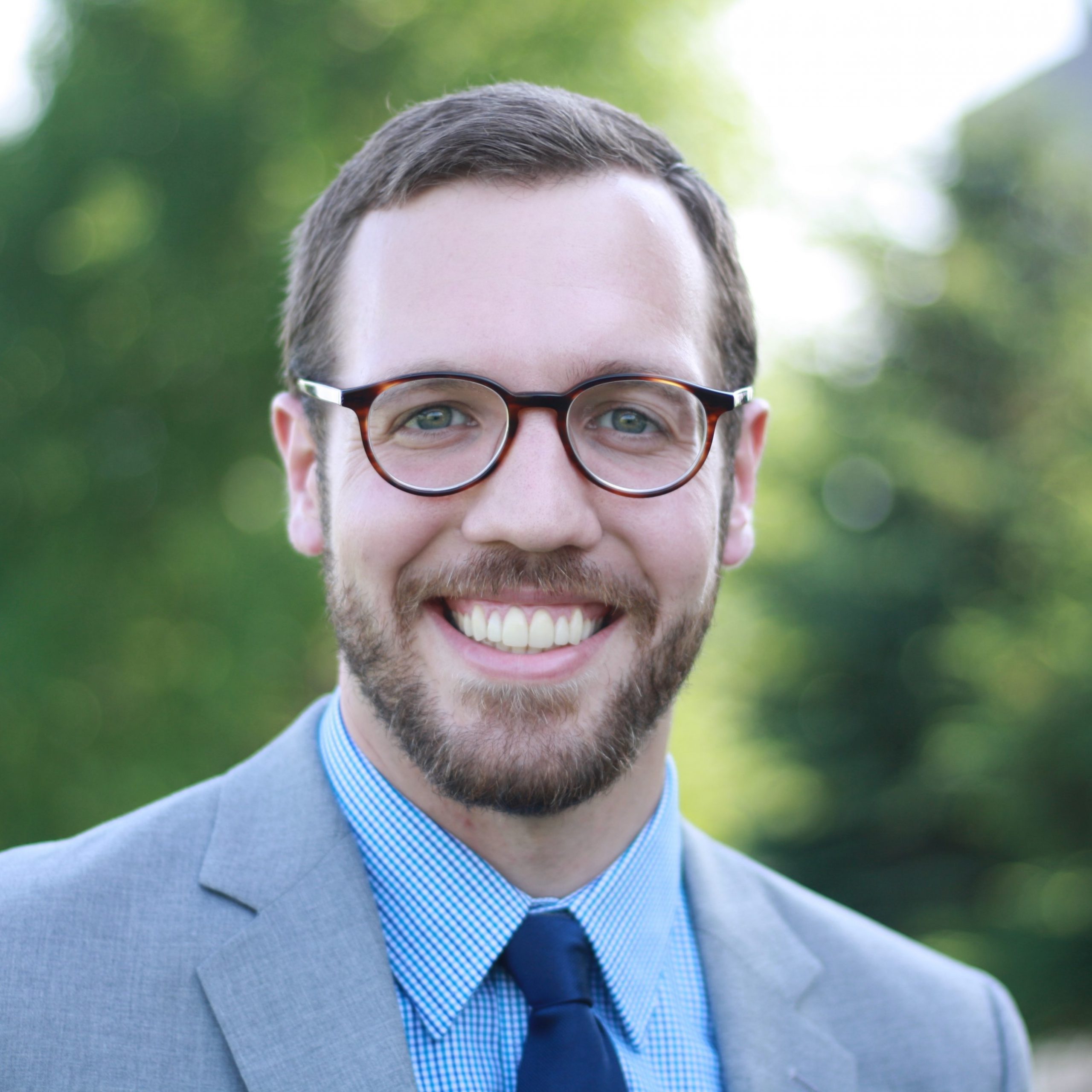
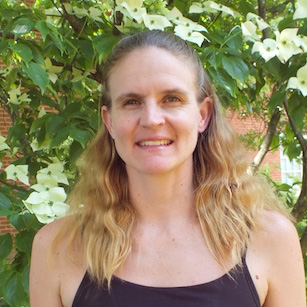
Laura Willoughby
Media
In the News
James Hiebert, professor emeritus in the University of Delaware’s College of Education and Human Development (CEHD), didn’t set out to be a …
When asked to imagine classroom learning, some people envision a teacher at the front of the room, guiding their students’ …
If your high schooler has ever complained about their math homework—wondering when they’ll ever need the pythagorean theorem after graduation—they …
“How do I multiply fractions again? How much time do I have left to finish this test? I’m not good …
Research Centers & Labs
The Rutherford Lab studies the interplay of motivation and cognition in educational contexts: in school and outside of school, in traditional classrooms, and in digital environments.




